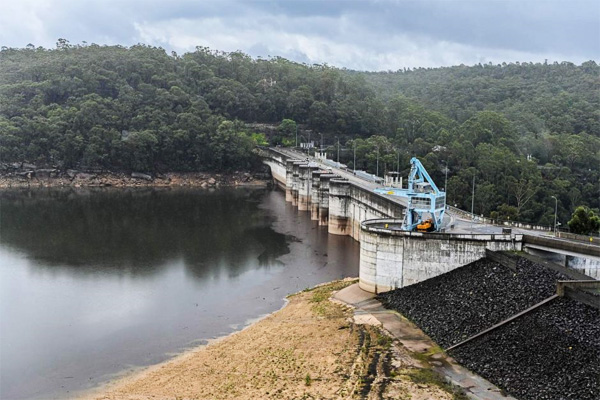Many parts of New South Wales (NSW), including the Sydney region, received large amounts of rainfall during the last two weeks, with the Sydney’s Warragamba Dam levels rising from 43% to 80% in this short time.

While the rain was much needed after a devastating bushfire season, and helped to contain many of the still active fires, the heavy storms and wild weather caused flooding, power outages, property damage and road closures, sometimes in the same areas affected by bushfires few weeks ago.
Furthermore, the combination of heavy rains and bushfires could have a long-term impact on the quality of drinking water collected in catchments.
“Rainfall events post-fire can have a significant effect on water quality; from increased rates of erosion, increased sediments and turbidity, and the introduction of a range of chemicals and precursors into the water supply,” as stated in “Bushfires and the Risks to Drinking Water Quality”, a factsheet prepared by scientists from Water Future and Water Research Australia.
Suggested priorities for monitoring water quality include turbidity, total suspended solids, dissolved organic carbon, nutrients and total metals scan. If there are additional concerns, this range could be extended to more parameters that can form during forest fires and combustion of organic material.
Proficiency Testing Australia (PTA) conducts extensive Waters (Chemical), Waters (Biological) and Soils (Chemical) proficiency testing programs.
For information regarding participating in PTA’s proficiency testing programs, please contact PTA at This email address is being protected from spambots. You need JavaScript enabled to view it.